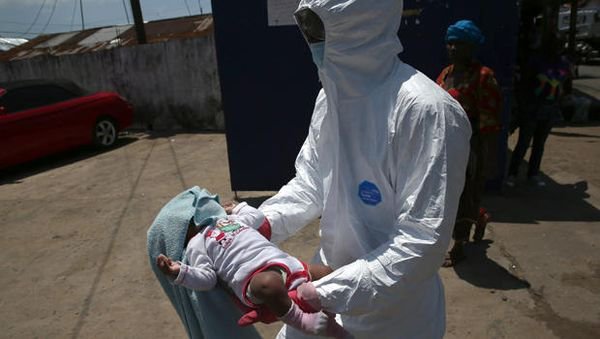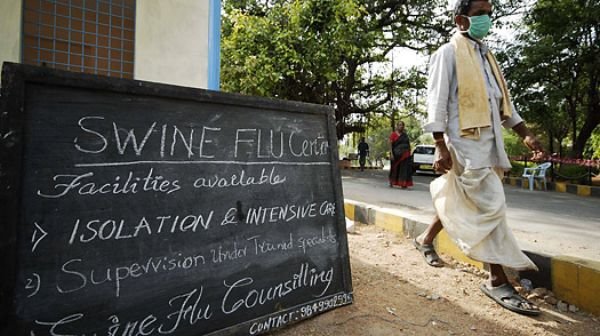Over the last couple of months, some diseases gained notoriety, epidemics were announced by global media and the world experienced widespread panic.
Even as you read this, we know you are thinking of ebola, the deadly tropical disease which broke out in Sierra Leone, Liberia and Guinea and according to United States Centers for Disease Control and Prevention (CDC), killed around 9,365 people worldwide.

But there is another disease, which has killed over 585 in India in 2015 alone, yet it is surprisingly under-reported, with almost no real-time reporting being done and limited media coverage.
The last time this virus struck in a major way was in 2009, when it became a pandemic and killed around 2,03,000 people worldwide. This is the H1N1 virus or the infamous swine flu.

Ebola is scary. It kills more than half of those infected and has a high fatality rate. But it can be transmitted only if the person has been in physical contact with an infected individual.
Swine flu, on the other hand, is highly contagious and communicable.
You had think, by now, that people would be talking about swine flu more, informing others and spreading awareness about this disease.
Here are the Twitter trends for the last couple of weeks, when swine flu cases in India have peaked.
Ebola still trends higher, even though the epidemic ended some months ago. Surprisingly, accidents have a higher say than swine flu.
You may protest that these are global trends. Here are the Google trends for India for ebola and swine flu.
So do we wait till the virus travels to a first world nation before letting the entire country know that, “Oh! we think it may have kinda started here in India”.
The Ebola epidemic originated sometime in December 2013. Yet watch how the map below lights up in October 2014, when CDC confirmed the first death due to Ebola in the US.
This is the age of information. The age of minute by minute news updates and overtly intrusive tabloids. Yet sometimes, one news item is more important or more “fetching” than another.
Who decides? That is one question. But where contagious diseases are concerned, should not the media take it upon itself to drive awareness among the masses anyway?
When ‘how many died’ isn’t newsy enough, it becomes a question of ‘who died’.

The media has a responsibility towards the people. The literate have a responsibility towards the illiterate.

















